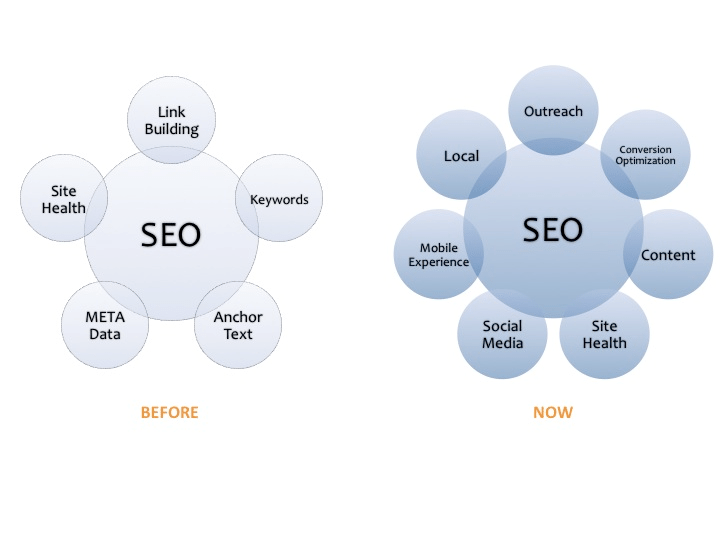Technology is changing and so is SEO. The advancement of technology has changed the way we consume content online. Data from pewinternet.org shows that in 2013, 60% of mobile phone users use their phone to access the Internet. In 2015, that number is sure to be higher. More companies are increasing their presence online to reach their audience. To connect with consumers, companies are focusing more on Search Engine Optimization. Today, it is a core component of online marketing that cannot be ignored. In the past, SEO used to be heavily focused on keyword rankings. Now, the primary focus is on supporting the end user with engaging content and a seamless user experience.
Today, companies are moving to where they can best reach consumers – and that’s online. According to this article by Business2Community, Search Engine Marketing (SEM) will continue to capture the largest share of online spend at 47%. To support paid search campaigns and to boost organic search traffic, websites are required to have relevant and timely content housed in a properly structured website.
Current SEO strategies revolve around tactics that are focused on making sure searchers’ needs are met. Instead of working towards higher keyword rankings by using outdated tactics, SEOs are now focused on methods that work together to fulfill consumers’ needs wherever their location and whatever device they are using. Local businesses, for example, are reaching searchers through local listings. Moreover, businesses are building mobile-friendly sites that are also easily navigable and quick to load on phones with slow data network speeds. Reaching audiences outside search engines are just as important; SEOs work towards increasing social media likes/shares and connect with bloggers. Businesses are increasingly testing ways to drive conversions by changing the way landing pages are designed. SEO has evolved over the years, and we are currently at a phase where everything is centered on searchers’ needs.
Share this Post


